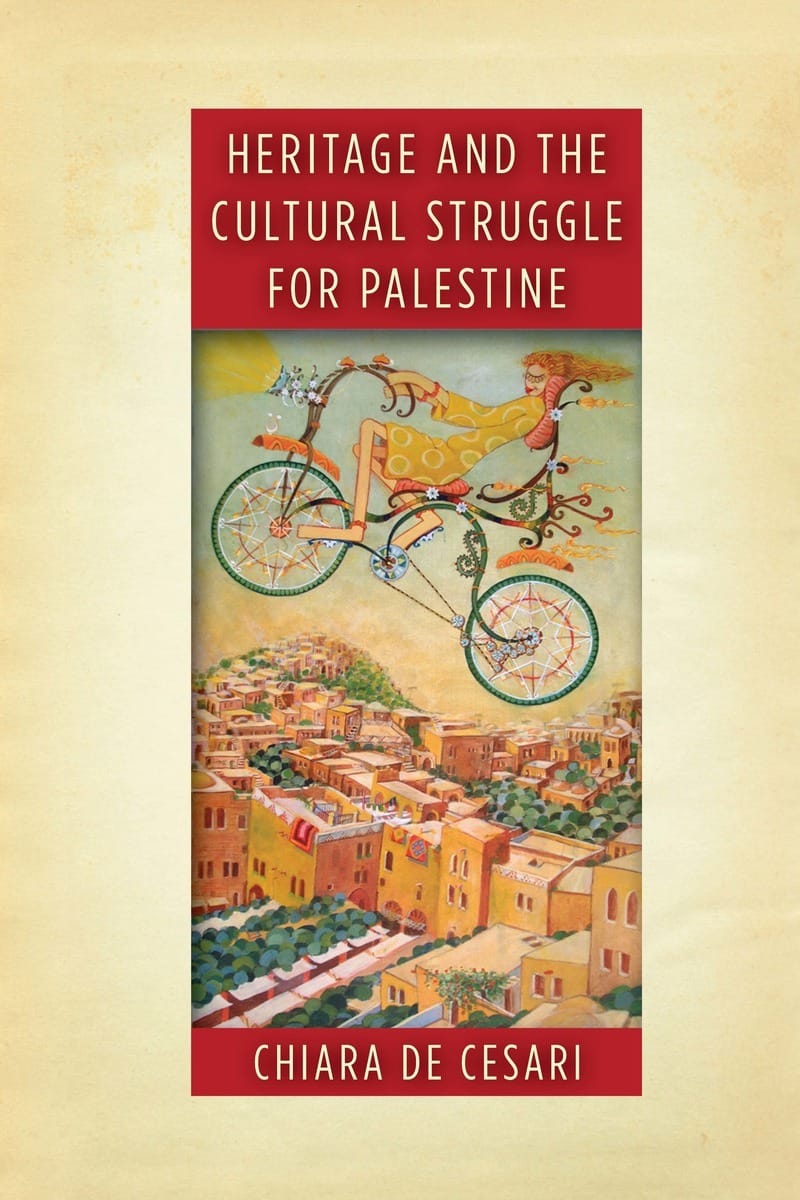Cultural Heritage and the Politics of Sovereignty in Palestine
Elif Kalaycıoğlu reviews Chiara de Cesari's book Heritage and the Cultural Struggle for Palestine, which explores the complex and shifting terrain of Palestinian heritage politics at work in both the Palestinian Authority and civil society organizations over time and under the conditions of settler








